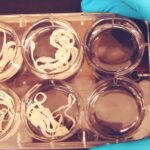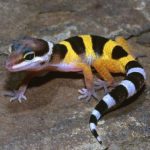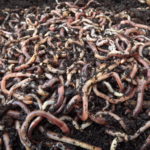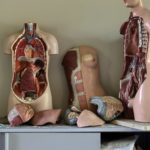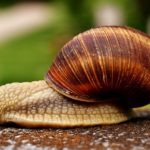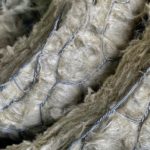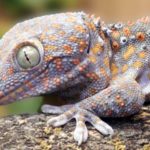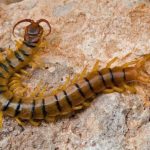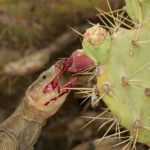What causes pinworms?
The pinworm which is also known as threadworm or seatworm is a common intestinal parasite in humans. Though this infection is commonly seen in children, it may occur in adults too. This occurs due to poor hygiene.
What is the mode of infection?
Pinworm infection occurs when the eggs are swallowed. The incubation period of this disease is 1 to 2 months. During this period the eggs hatch in the small intestine where these worms grow and mature. Mature worms migrate to the rectum. At night, when the infected person is sleeping, the female worms come out of the anus and lay eggs on the perianal skin. These eggs cause itching because of which the hands to become contaminated and cause further spread of infection. These eggs are also transmitted through toilet seats, bed linen, and clothing. An infected person can also re-infect himself.
What are the symptoms of this disease?
There is incessant perianal itching, especially at night. An overaggressive itching of this area may result in secondary bacterial infection. This infection by pinworms may also affect the female genital tract. Some patients may also develop abdominal cramps, appendicitis, inability to sleep, and grinding of teeth.
How is the diagnosis done?
Majority of people present with itching around the anus. The diagnosis of this condition is simple. The methods include
- Look for very fine worms around the anus of a child after the child is put to sleep. They appear whitish in color and shine under light.
- Sample collection from anal skin: Use transparent tape around anal skin to collect eggs and examine them under a microscope. This is best done early in the morning. Sometimes a sample may be negative, so this method is attempted on three successive days to exclude or confirm the diagnosis.
- Sample collection from fingers: Since these patients commonly have itching, scrapings of material from under the nails are collected with the hope of finding pinworm eggs. These scrapings are examined under a microscope.
- Stool examination: Rarely, stool samples may also be examined to look for worms. Their number though is very less in such a sample and this method is usually not recommended.
Treatment of pinworms
The anthelmintic medications used for the treatment of pinworms include pyrantel pamoate, albendazole, and mebendazole. Pyrantel pamoate causes paralysis of these worms. Albendazole or mebendazole block the metabolism of these worms because of which they die. Two doses are given at an interval of one week. A single dose of any of these medications is very effective, though a second dose is added to kill any worms that come out of the remaining eggs. All members of the household may be treated at the same time when symptomatic.
Prevention
- Hand hygiene: Frequent hand washing cleans all the infected eggs from hands and under the nails. It should be done before meals, after using the toilet, and before preparing meals. This prevents self-infection and also the transmission of infection to others. Trim nails regularly to keep them short. Avoid itching as far as possible. One may even wear gloves at night to prevent contamination of hands.
- Daily change of clothes and bed linen: These clothes should be washed daily as they carry infective eggs of pinworms. If available, hot water should be used to wash the undergarments and towels daily. Then they should be dried in the sun or by hot air and ironed. These worms are killed on exposure to heat.
- Bathing: Daily bathing with special emphasis on cleaning the peri-anal area with soap and water is essential.
- Sanitize contaminated surfaces: These include toilet seats and taps.
Pinworms infestation is irritating and socially embarrassing. It is highly contagious. Good hygiene must be maintained by all members of the family. Since it is very common in children, the habit of regular hand washing should be taught. A medical consult should be taken if these symptoms are seen. Prevention of this condition is easily done by following the simple steps described above.

